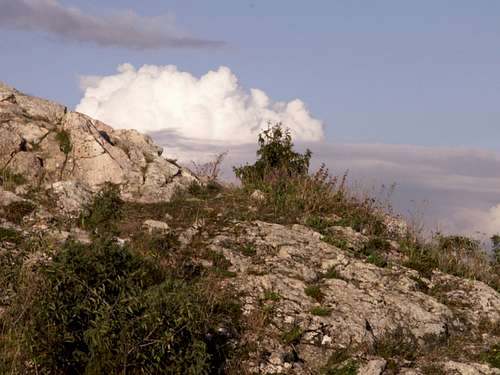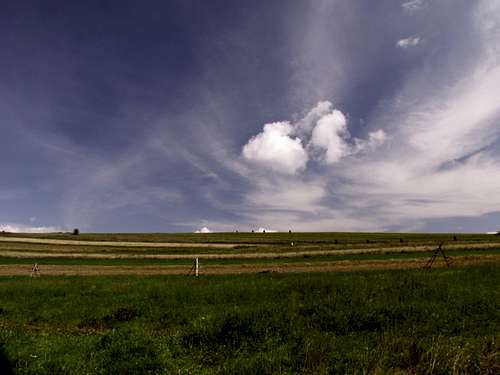-
 2150 Hits
2150 Hits
-
 78.27% Score
78.27% Score
-
 9 Votes
9 Votes
|
|
Album |
|---|---|
|
|
Informational |
Clouds' beauty is such as everyone can see...


Clouds are a very changeable element of Nature. Some, like Cumulonimbus, which gives storms, can stop and drop the heavy shower of many tons of water in situ. However, most of clouds go away with wind. Like water in streams. "Panta rhei" ... as Heraclitus said. Clouds can form from mists, fill valleys or other depressions in the mountains. They float low on the slopes or cover the tops of mountains like caps. The basic classification divides them into low, medium and high. The former are Stratus, Nimbostratus, Cumulonimbus, Stratocumulus and Cumulus. The first three usually give rains, the next ones paint the sky with their Rubens’ shapes. Cumulonimbus is formed at the lowest level (about 2 km), but reaches the highest level of several kilometers. Clouds in the middle layer (2-7 km) are Altostratus and Altocumulus. Cirrostratus and Cirrocumulus rise even higher, and Cirrus fibratus is formed at the height of about 15 km. All clouds are formed in the troposphere. Sometimes, above the troposphere, in the stratosphere, we can observe clouds in beautiful iridescence colours. Stratospheric clouds can only dream of the heights at which the northern lights form. The most difficult task in recognition of clouds is to determine the height at which they are located. This applies in particular to clouds formed in the lower and middle levels. In the mountains, this recognition can be made easier when we know the height of a mountain and we can see clouds near it. Each cloud, in addition to being located in one of the above levels, takes shapes described as species, varieties and its special additional features. After years of hiking in various mountains and long amateur documentation of clouds in lowlands, near my city Wrocław, I decided at the end of 2022 to share with you their views, occasionally captured while photographing the mountains. Here is a bit of information about some types of clouds: Cumulonimbus calvus with smooth outlines, another is capillatus covered with hairs on the upper part of its mushroom-shaped anvil, Cirrocumulus castellanus similar to the wall of a medieval castle, Cumulus congestus growing upwards and resembling an initial stadium of Cumulonimbus, or Cirrus fibratus showing fiber or hair structure. Cirrus clouds and those from the mid-level resembling small balls of wool are named floccus species, while Stratus or Cumulus clouds divided into fragments are described as fractus. And then we have the lens-shaped lenticularis, nebulosus without visible structural features, or Cirrus uncinus bent like a hook. Among the varieties of clouds, the most beautiful seems to be radiatus like rays spreading from the center, undulatus like waves spreading over the surface of water, and finally vertebratus similar to the skeleton of a fish. The special features of the clouds are indeed unique images that require "hunting" for them - arcus in the shape of a powerful cloud arc in the lower part of Cumulonimbus, incus in the form of a vast anvil in the upper part of this cloud, pileus is a flat cloud-cap sitting on Cumulonimbus or Cumulus, tube is a wedge appearing at the bottom of a powerful cloud, which is an announcement of a whirlwind, virga is streaks of rain that do not reach the ground, and finally, precipitatio in the form of a wall of rain falling from Nimbostratus or Cumulonimbus. Lower clouds give rains so frequent in the mountains and high clouds are formed from small iridescent ice crystals.
I welcome all comments and critical remarks with gratitude.


